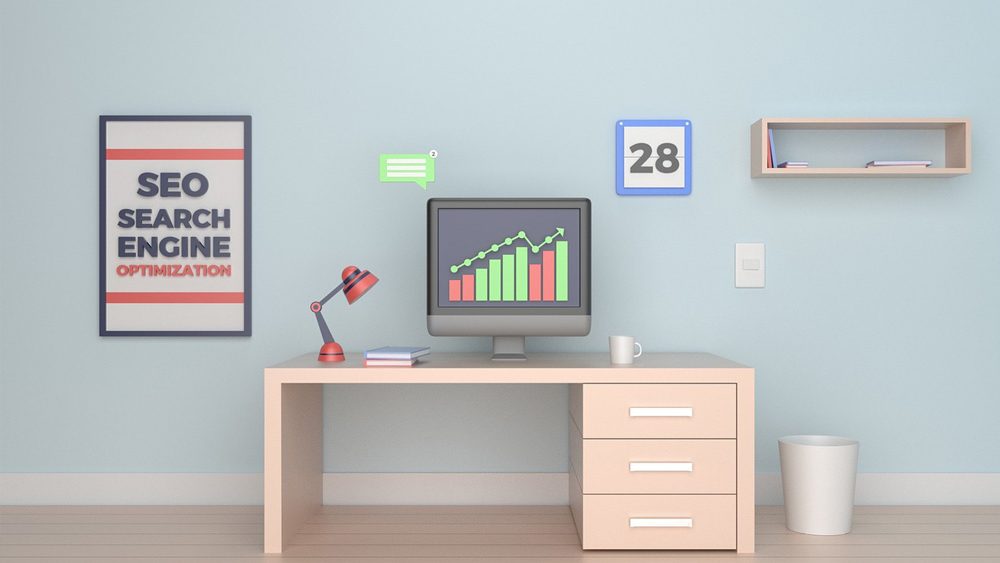Contrary to popular belief, everything related to website SEO is measurable—you just need to have the right tools to determine where you need to improve. One tool many professional and DIY online markers use for search engine optimization analysis is SEMrush. It is considered by many as the most powerful tool on the market today, in part because it keeps you apprised of your SEO areas of opportunity.
Broken Links
You understand the importance of placing external links official sources and relevant industry information—as well as internal links to relevant pages and posts. But what happens when an official source goes out of business, or you remove a webpage that you forgot that you link back to on other pages? When this happens, you end up with broken links that negatively impact your SEO. An easy fix is to install a broken link checker; just make sure you check the results every month or so.
Text-to-HTML Ratio
You might not have created your website HTML code and might not be sure where to find it. Regardless, your text-to HTML ration should be between 25 and 70 percent. This is an SEO change that came with the Google’s Panda update, with the goal of rewarding quality content. The ratio range is wide, meaning some pages (like your Contact page) will have minimal text, while other pages will be more detailed.
Meta Descriptions
Your meta descriptions are the little snippets of information that show up in Google search results. While not a high priority in SEO ranking, the headline and sentence or two of text are what entice potential clients to click your link instead of a competitor’s. If you don’t fill it out, it will automatically populate the first sentence or two of website text, often with an awkward stopping point.
Title Tags
We are used to writing in Word and Google Docs, which is why many DIY business owners and website builders use bold font when writing their blog posts and website content headlines. While you might like the way it looks, from an SEO standpoint you should be using title tags. They provide the standout headline or content divider you want but optimize your content.
Image Optimization
Most of us let our website designer select our photographs, or we use professional photos of our products or business. This is fine, but before you upload photos to your website—give each photo an SEO optimized name. If your photos are already uploaded, at least go in and update the Alt information and fill out the description. This will boost your organic SEO, and make sure your images show up in Google Images.
Dated Website
You might love your website layout and design, and your customers might love it too, but all websites require periodic updates. This includes upgrading to the newest version of WordPress and your theme—but also consider having your website redesigned. The primary reasons for a redesign are to move to a theme that has the latest SEO design strategies built-in, to improve your mobile website functionality, upgrade to an eCommerce website, and improve website load time. If it’s been more than 5 years since a redesign, or your website is not mobile responsive—it’s time for a website design refresh.
These are just a handful of the search engine optimization analysis items SEMrush keeps you up-to-date with. To see your current areas of opportunity, we invite you to use Solocube’s FREE SEO audit tool!
What's Your SEO Score?
Enter the URL of any landing page or blog article and see how optimized it is for one keyword or phrase.


